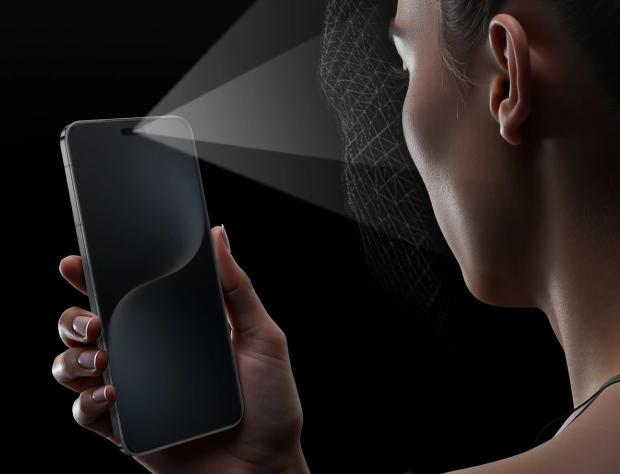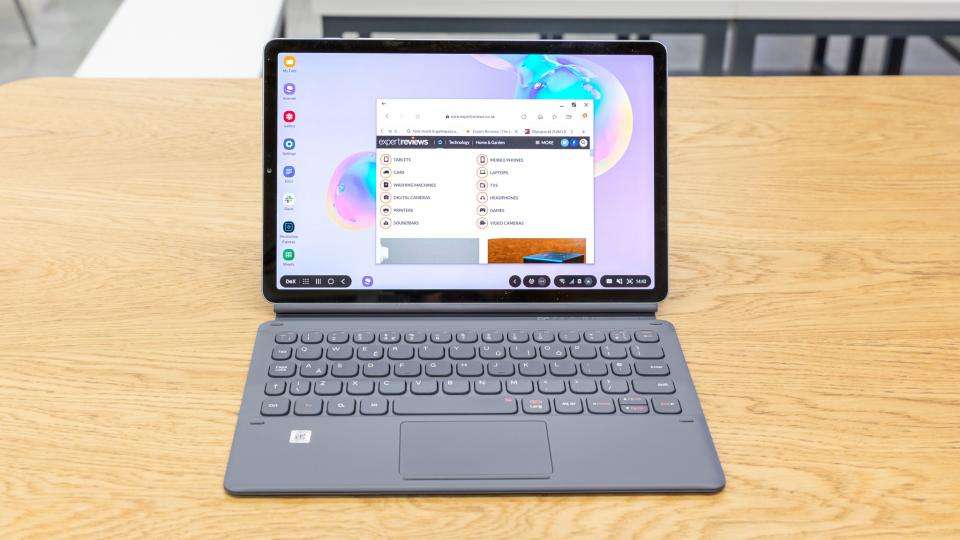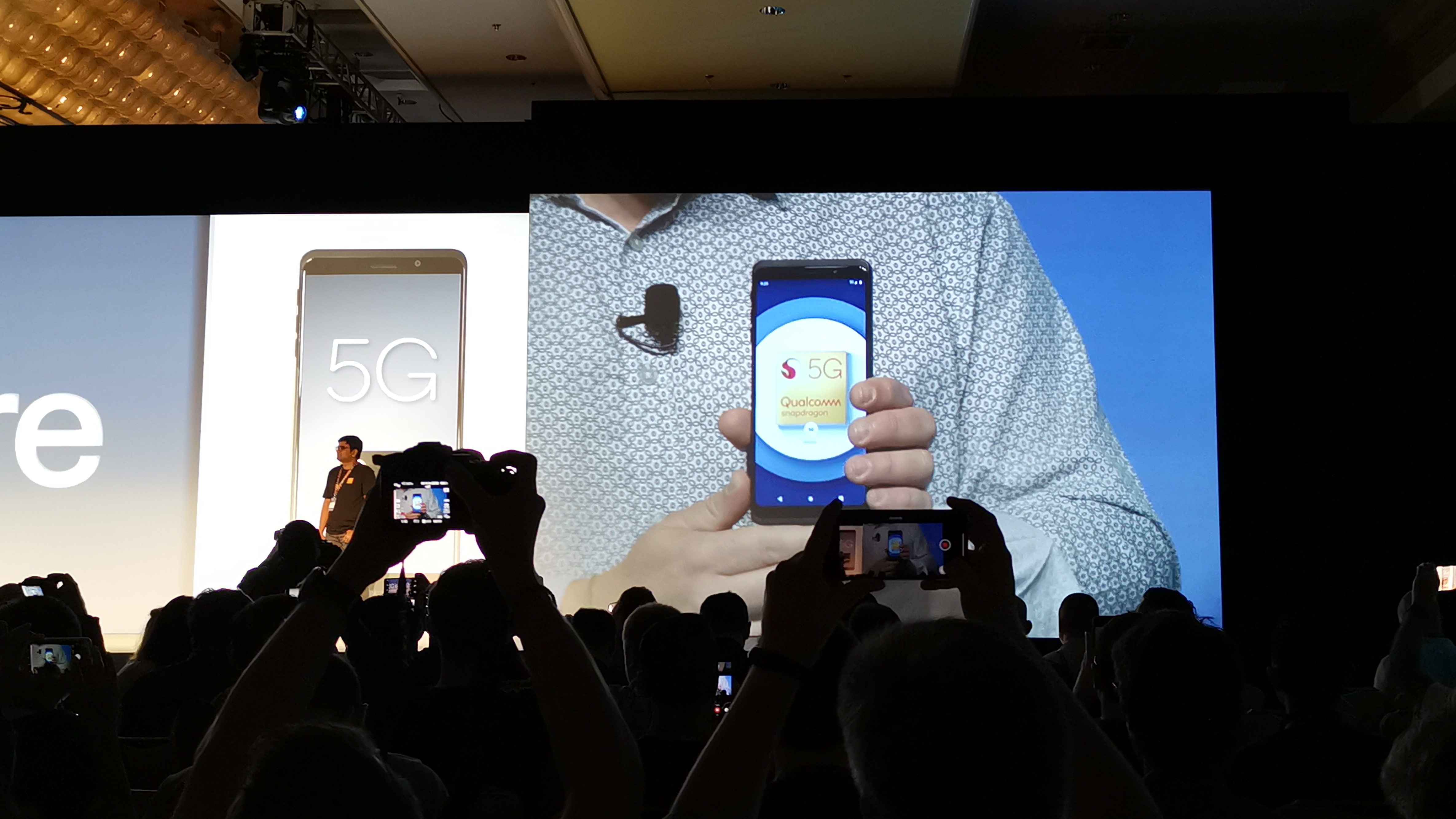Smartphones continue to push boundaries as manufacturers introduce technologies that elevate how people work, play, and communicate. Innovations in displays, cameras, connectivity, and intelligent software are steering this year’s mobile direction. From smoother visuals to more adaptive processing, these advancements reflect shifting user expectations toward convenience and performance. Here’s an in-depth look at the developments shaping smartphones in the months ahead.

Advances in Smartphone Hardware Innovation
Growing Demand for High-Refresh-Rate Displays
High-refresh-rate displays have become increasingly popular as users gravitate toward smoother and more immersive visuals. Screens ranging from 90Hz to 144Hz now appear across various price tiers, significantly improving navigation and gameplay. This trend reflects a broader push toward responsive interfaces that feel effortless to interact with. As demand grows, high-refresh panels are becoming a defining feature of modern smartphone design.
Improvements in Mobile Chip Performance and Efficiency
Mobile chipsets continue evolving to deliver faster performance while maintaining efficient power consumption. Advances in architecture provide smoother multitasking, quicker app launches, and strong support for intensive applications. These improvements also contribute to better thermal control, enhancing comfort during long sessions. For users, the result is a device that stays capable as workloads increase, reinforcing smartphones as versatile everyday tools.
Rising Adoption of Foldable and Flexible Screen Designs
Foldable devices are gaining visibility as brands refine durability and design. These flexible screens allow phones to slip easily into pockets while offering expansive displays when opened, reshaping how users multitask and consume content. With continued engineering improvements, foldables are transitioning from novelty to practical everyday options. Their rising adoption signals growing interest in adaptive form factors across the industry.
Breakthroughs in Mobile Camera Technology
Expansion of Computational Photography Techniques
Computational photography is becoming a core element of mobile imaging, blending hardware and software to elevate photo quality. Intelligent algorithms adjust brightness, focus, and detail to create balanced and visually appealing results in real time. This technology reduces the need for manual adjustments, making high-quality photography more accessible. Its expansion highlights how software plays an increasingly influential role in shaping modern smartphone cameras.
Multi-Lens Systems and Advanced Sensor Upgrades
Multi-lens arrangements have expanded creative capabilities, allowing users to switch seamlessly between ultra-wide, portrait, and telephoto perspectives. Paired with improved sensors, these setups deliver cleaner low-light performance and more accurate colors. Such configurations bring professional versatility to mobile photography. The emphasis on higher-quality sensors underscores a commitment to supporting diverse shooting environments and artistic expression.
Enhanced Video Features for Professional-Level Content
Video creation receives significant upgrades as smartphones adopt higher resolutions, advanced stabilization, and powerful editing tools. This combination helps creators produce smooth, cinematic footage directly on their devices. Real-time adjustments also enhance dynamic scenes, ensuring clarity and steady motion. The growing value placed on video content is reshaping smartphones into capable, portable production studios for users of all levels.
Evolution of Smartphone Connectivity and Ecosystem Integration
Wider Rollout of Next-Generation Network Capabilities
The expansion of next-generation networks, including widespread 5G, is transforming mobile connectivity. Faster speeds and reduced latency open doors for real-time collaboration, lag-free gaming, and fluid streaming experiences. As accessibility improves, smartphones gain the capacity to support more demanding applications. This shift strengthens the foundation for increasingly interactive and cloud-connected digital lifestyles.

Increased Use of Cross-Device Synchronization and Ecosystem Tools
Cross-device integration is becoming more prominent as users seek seamless transitions between phones, tablets, and computers. Synchronized apps, shared clipboards, and unified notifications allow work and entertainment to continue uninterrupted across platforms. This deeper ecosystem connectivity enhances productivity and supports more cohesive workflows. It highlights a movement toward technology that adapts fluidly to user habits and environments.
Growth of Mobile-Based Smart Home and IoT Controls
Smartphones have become central remote controls for managing smart homes and IoT ecosystems. With more compatible devices entering the market, users gain greater ability to automate lighting, security, and appliances from anywhere. This growth reflects an expanding reliance on mobile devices to orchestrate broader living environments. The integration strengthens smartphones’ role as essential hubs in everyday connected life.
Software Intelligence and Privacy Enhancements
More Powerful On-Device AI Processing and Optimization
Enhanced on-device AI delivers faster, more intuitive experiences by handling tasks directly within the phone. Real-time processing supports features like translation, camera enhancements, and predictive suggestions without depending on the cloud. This approach improves responsiveness while protecting user data. The increasing sophistication of on-device AI signals a future where smartphones become even more adaptive and context-aware.
Expanded Customization in Mobile Operating Systems
Operating systems now prioritize personalization, offering users greater control over themes, layouts, and interactive elements. This customization makes devices feel tailored to individual preferences, improving comfort and usability. Enhanced flexibility aligns with a broader trend toward user-centric design, ensuring smartphones reflect the unique habits and aesthetics of their owners. The shift brings a more expressive and intuitive mobile experience.
Strengthened User Privacy and Data Protection Features
Privacy continues to be a major focus as smartphones adopt stricter permissions, clearer transparency tools, and stronger built-in protections. These enhancements empower users to monitor how their data is accessed and shared. By embedding privacy into core system functions, manufacturers boost trust and mitigate security risks. This emphasis reflects growing awareness of digital responsibility in the modern mobile landscape.
Conclusion
Smartphone innovation is accelerating, bringing refinements that elevate both functionality and everyday convenience. With advancements spanning displays, connectivity, imaging, and intelligent software, the year promises a richer and more connected mobile experience. As these trends continue shaping device capabilities, users can anticipate even greater integration into daily tasks and creative pursuits. In many evolving scenarios, devices like the HONOR Magic7 Pro demonstrate how forward-thinking design aligns naturally with these emerging directions, highlighting the dynamic future of smartphone technology.











